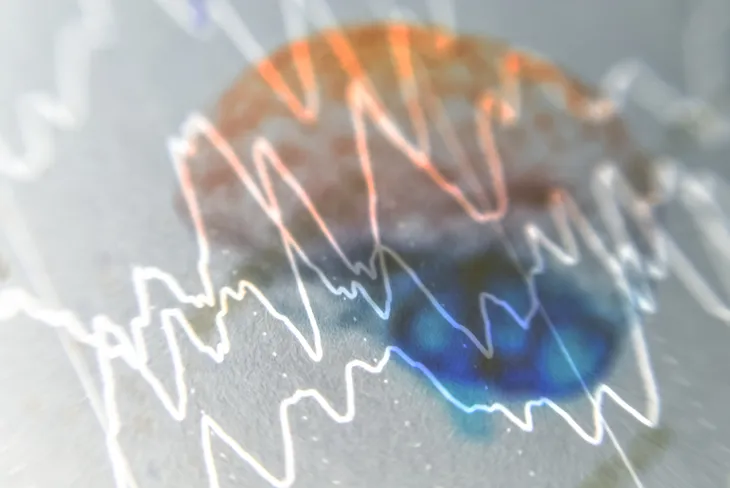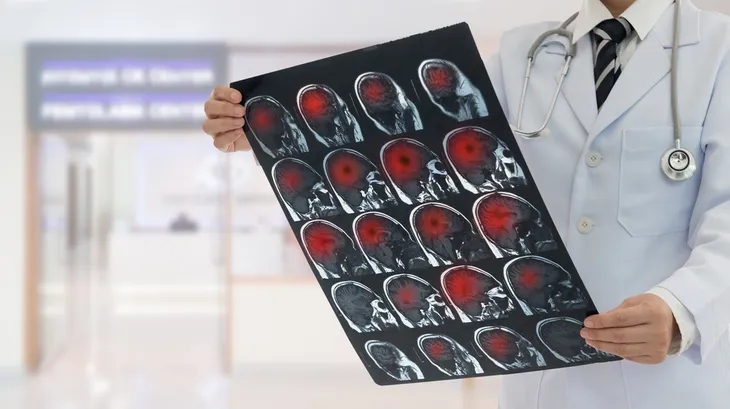Functional neurological disorder (FND)—also commonly referred to as conversion disorder—is a relatively new umbrella term that is used to describe “nervous system (neurological) symptoms that can’t be explained by a neurological disease or other medical condition,” says the Mayo Clinic.
FND is a relatively rare condition, affecting only about 14 to 22 people in 100,000, and it occurs most commonly in adolescents and adults. As there are different types of FND, the symptoms, causes, and risk factors associated with each may be different. The following are among the most commonly identified, along with different ways FND can be diagnosed and treated.
Symptoms: Body Movement and Function
As mentioned in the introduction, the symptoms of FND can vary depending on the type a person has, but in some cases, there may be patterns. One such pattern is that FND can affect the body’s ability to move and function as normal. This includes general concerns such as muscle weakness and loss of balance.
More seriously, however, a person with FND may exhibit tremors in one or both arms, experience difficulty swallowing and have episodes of unresponsiveness. They may also experience paralysis, as well as “seizures or episodes of shaking and apparent loss of consciousness,” which the Mayo Clinic says are considered non-epileptic seizures.
Symptoms: Senses
Another identifiable pattern among FND symptoms are those that affect a person’s senses. These can range from experiencing numbness to losing the ability to smell or touch.
Other symptoms include losing the ability to speak or slurring your speech, as well as having hearing problems or even deafness. Patients adds that changes in eyesight are also common, such as having “blurred vision or seeing flashing lights.”
Other Symptoms
There are a variety of other symptoms that can occur with FND that don’t necessarily follow a pattern. These can include general issues, such as fatigue and headaches or migraines. The individual may also have problems sleeping, either sleeping too much or not enough.
Experiencing memory problems or difficulties concentrating are also common, as are changes in personality, such as irritability and depression. Some may notice changes with their bladder and bowels as well, like more frequent urination or constipation. Additionally, people with FND may be plagued by pain—most commonly in the muscles, joints, or skin of the arms and legs—that normal painkillers cannot dull.
Causes
At present, it’s not known exactly what causes FND to occur. There are some medical theories, however. According to MedicalNewsToday.com, “One theory is that FND results from an ‘internal conflict,’ and the symptoms are the body’s attempt to provide a solution to this stress.” Yet some people develop FND even when there is no stress.
The source goes on to say that some studies have found that “…people with FND have decreased functional connectivity in certain parts of their brains, including those parts that control the muscles and senses,” which impacts their ability to control physical movement.
Risk Factors
There are a variety of factors that can increase a person’s risk of developing FND. If you have a neurological disease or disorder such as epilepsy or migraines, for instance, your chances are greater.
FND is also more likely to occur if you’ve recently experienced a great deal of stress or trauma (emotional or physical), or have in the past—like abuse or neglect during childhood. Mental health conditions, like dissociative disorders or personality disorders, can also increase the likelihood, as can having a relative that has FND.
Diagnosis: Health Assessment and Physical Exam
Diagnosing FND can be challenging and may take a long time, as “…the symptoms are not caused by an underlying physical condition and can mimic the symptoms of many other disorders,” says MedicalNewsToday.com. Because of this, there is no standard test used to detect FND. Instead, a variety of different methods may be employed.
One such method is a health assessment, where a physician will inquire about your medical history, family history, and any recent life changes, traumas or stressors. They may also conduct a physical exam, where they check for “normal reflexes, balance issues, and physical movements.”
Diagnosis: Imaging Tests
Imaging tests, such as X-rays and MRI scans, may also be used to help in the diagnosis process, as they can assist in identifying if there are any brain injuries or abnormalities that may explain why a person’s symptoms are occurring.
Your physician may also order an electroencephalogram (EEG), which tracks brain waves and can help to determine if the symptoms are a result of an electrical activity problem, such as epilepsy.
Diagnosis: Psychiatric Exam and DSM-5 Criteria
Psychiatric exams may be conducted as well. With such an evaluation, the Mayo Clinic says a mental health professional “asks questions about your thoughts, feelings and behavior and discusses your symptoms.”
In addition to the exam, psychiatrists will often use the American Psychiatric Association’s Diagnostic and Statistical Manual of Mental Disorders (DSM-5) to help with diagnosis by comparing your symptoms to the criteria it lays out.
Common Misdiagnoses
Given how challenging it is to identify FND, it will likely come as no surprise that the condition is very often misdiagnosed. MedicalNewsToday.com lists a variety of common misdiagnoses, including stroke, lupus, HIV or AIDS, and spinal cord injury.
As neurological diseases often exhibit many of the same symptoms as FND, they are other common misdiagnoses. This includes conditions such as epilepsy, multiple sclerosis, and Parkinson’s disease. Because there is no identifiable underlying condition that causes FND, doctors may also diagnose these individuals as having health anxiety, “a psychological disorder characterized by excessive thoughts about having an undiagnosed illness,” adds the source.
Treatment: Physiotherapy and Psychotherapy
Since there is no identifiable cause of FND, the condition can be challenging to treat. As such, the methods employed are generally to help manage symptoms as they occur. Physical therapy, for instance, may help to treat symptoms associated with body movement and function, such as impaired movement, tremors, muscle weakness and pain, and loss of balance.
Those who are experiencing more sensory symptoms may find that psychotherapy or cognitive behavioral therapy (CBT) are more effective. This is especially the case if the FND is “related to a stressful or traumatic event, or an underlying mental health condition,” says MedicalNewsToday.com.
Treatment: Medication
In some cases, medications, such as anti-anxiety drugs or antidepressants, may be prescribed. This is generally only the case if FND has been prompted by stress or anxiety.
The reason that medications are rarely prescribed to treat FND is that they are typically not effective, and each comes with a whole range of potentially harmful side effects. For instance, Patient says when it comes to prescription painkillers, “many patients end up on huge quantities of pain relief which hardly ever helps; each painkiller has side-effects too and is often addictive.”
Treatment: Lifestyle Changes
Making positive lifestyle changes can also prove effective at alleviating or lessening the symptoms of FND. Depending on the type of FND you have, it may be helpful to engage in activities that reduce stress and anxiety, such as progressive muscle relaxation, yoga, meditation, and breathing exercises.
MedicalNewsToday.com adds, “eating a balanced diet, getting enough sleep, fostering positive relationships, and maintaining a good quality of life also contribute to stress reduction.”















